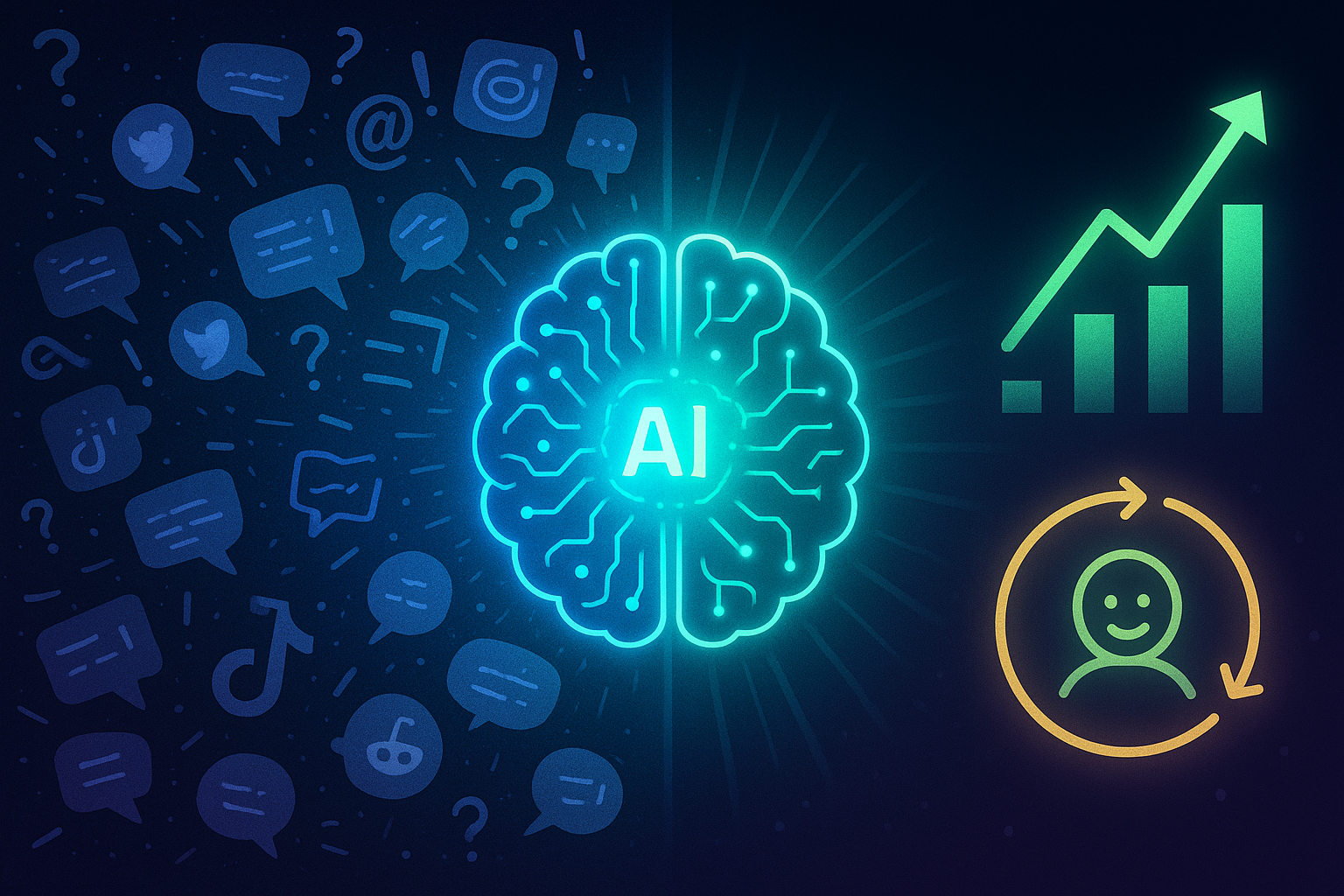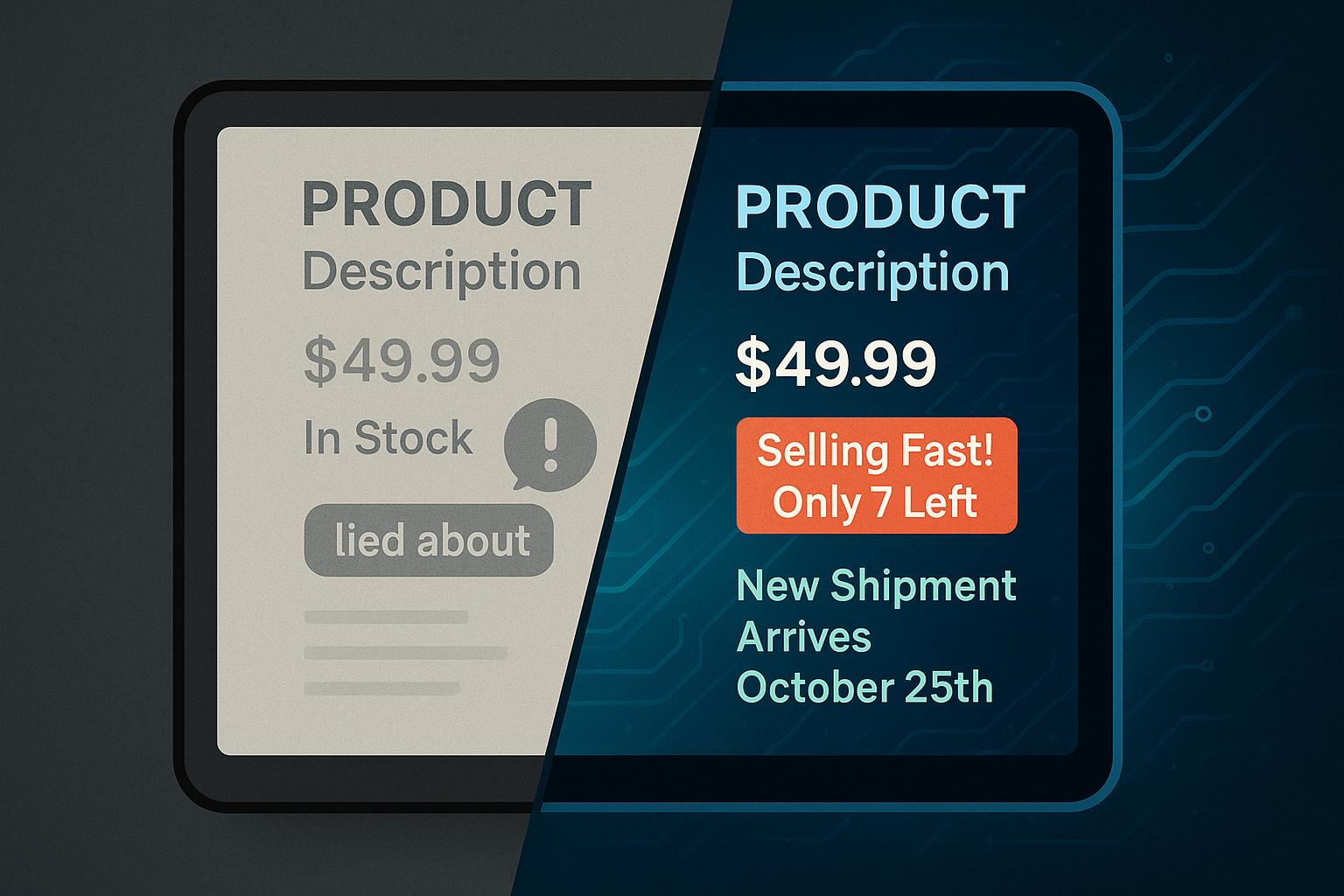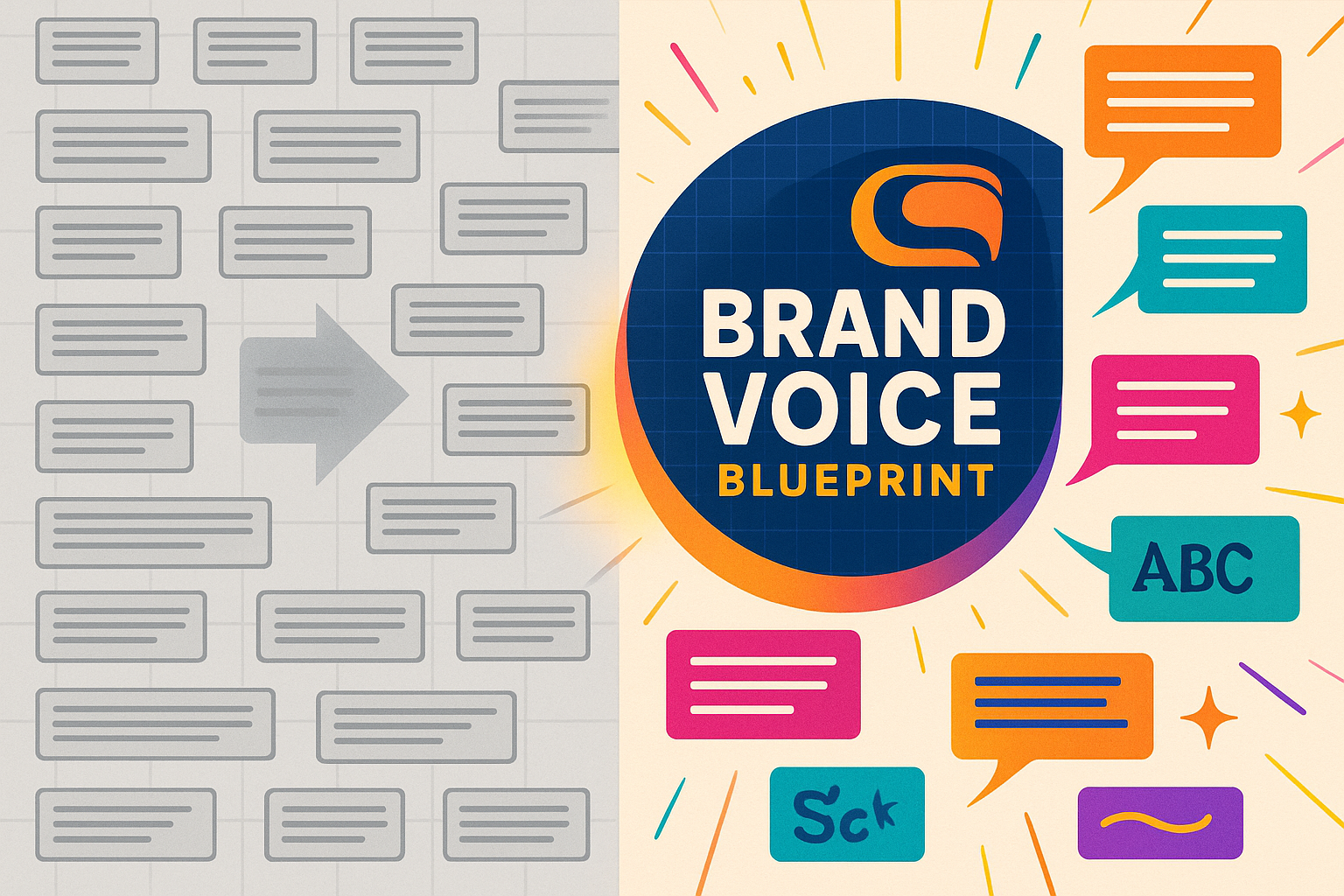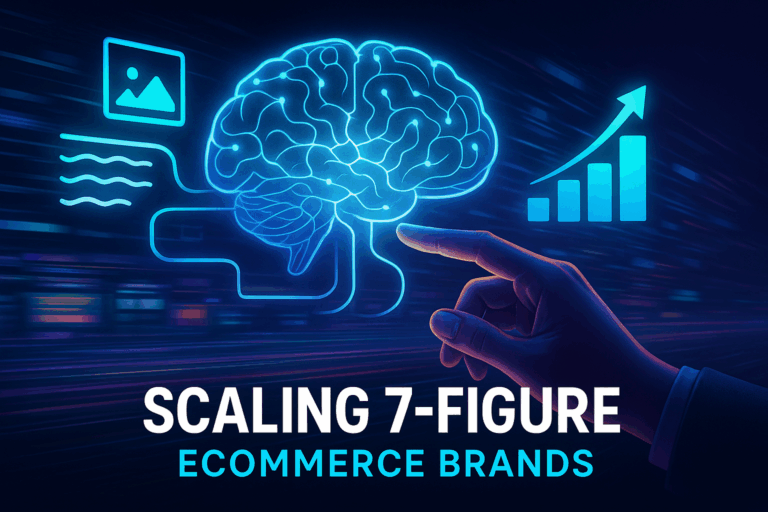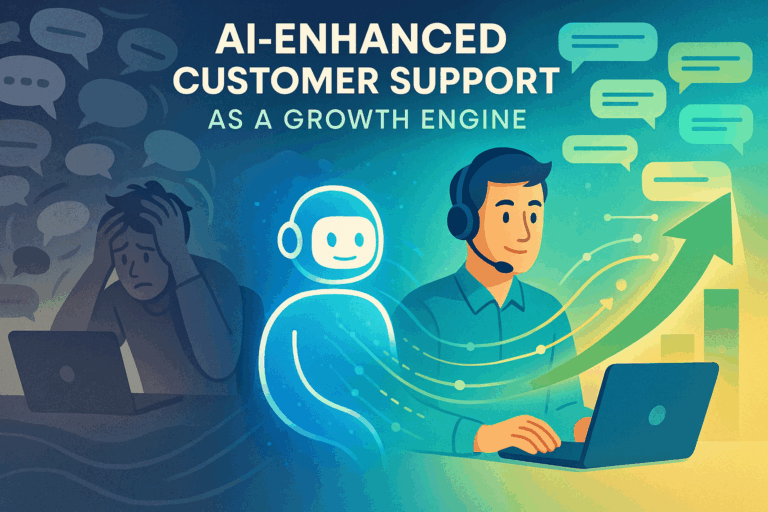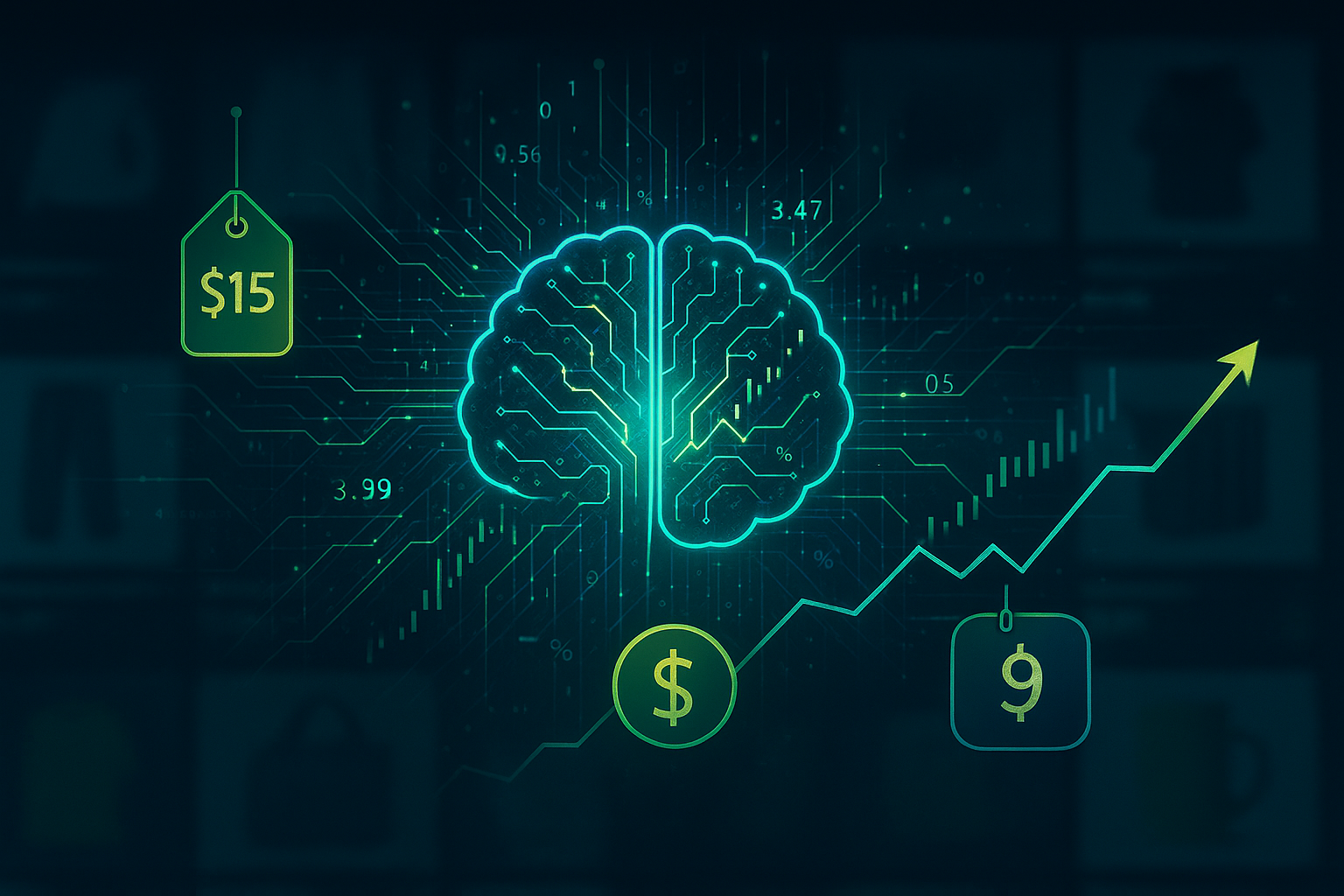Every ecommerce brand knows the feeling. You spend a small fortune acquiring a new customer, celebrate the sale, and then watch as they disappear, never to purchase again. Your email campaigns offer discounts, your loyalty program doles out points, but it all feels like guesswork—shouting into a void and hoping something sticks.
What if you could stop guessing?
What if you could listen in on the world’s largest focus group—the internet—and understand what your customers really think and feel, not just what they click on? This isn’t about counting likes or tracking brand mentions. This is about understanding the conversation, and it’s where AI-powered social listening is changing the game for customer retention.
First, Let’s Clear Things Up: Social Listening vs. Social Monitoring
Before we dive in, it’s crucial to understand a key difference that many brands miss.
- Social Monitoring is reactive. It’s the what. It involves tracking and responding to direct brand mentions, hashtags, and comments. Think of it as a smoke alarm—it tells you when there’s a fire you need to put out right now. It’s essential, but it’s purely defensive.
- Social Listening is proactive. It’s the why. It analyzes the mood, sentiment, and context behind conversations—not just about your brand, but about your industry, your competitors, and your customers’ pain points. It’s the fire inspector who analyzes patterns to prevent fires from ever starting. It’s a strategic tool for growth.
The “AI” in Social Listening: Your Secret Marketing Strategist
So, where does “AI” fit in? The internet is impossibly noisy. Manually reading through thousands of tweets, TikTok comments, and Reddit threads to find meaningful patterns is impossible. AI acts as your secret marketing strategist, making sense of this chaos.
Here’s how the core technologies work, without the confusing jargon:
Natural Language Processing (NLP): The Expert Translator
Imagine trying to understand a conversation where people use slang, inside jokes, and heavy sarcasm. That’s the challenge of social media. NLP is the AI that acts as an expert translator. It doesn’t just see the word “sick”—it analyzes the context to know if a customer means your new sneaker design is “awesome!” or that the shipping delay made them physically ill.
Machine Learning (ML): The Pattern Spotter
If NLP is the translator, Machine Learning is the detective connecting the dots. It sifts through millions of translated conversations and identifies emerging patterns. It’s the system that notices a small but growing number of people are talking about “sustainable packaging” in relation to your product category, flagging it as a potential trend long before your competitors do.
Large Language Models (LLMs): The Insight Generator
This is the newest and most powerful layer. An LLM can take all the patterns ML has identified and summarize them into a single, actionable insight. Instead of giving you a chart of 10,000 negative mentions, it can tell you: “In the last 30 days, negative sentiment has increased by 15%, driven primarily by customers on Reddit complaining that the zipper on our new jacket breaks easily.”
From Guesswork to Growth: How AI Insights Fuel Retention and Loyalty
Understanding the tech is one thing, but putting it to work is what drives revenue. AI social listening transforms raw data into a powerful feedback loop that directly impacts your bottom line.
Uncover Hidden Product Opportunities
Your customers are constantly telling you what they want, even if they’re not telling you directly. They’re complaining about a competitor’s product flaw or wishing for a feature that doesn’t exist yet. AI finds these golden nuggets at scale.
Real-World Example: The beverage brand Poppi didn’t just guess that people wanted a healthier soda. They tapped into a massive online conversation about gut health and frustration with sugary drinks. By listening to what consumers were already asking for, they validated their product concept before spending millions on development.
Predict and Prevent Customer Churn
Negative sentiment is often the earliest warning sign of customer churn. A sudden spike in complaints about shipping times, product quality, or a confusing website checkout process is a massive red flag. AI can detect these shifts in real-time, allowing you to act before a customer decides to leave for good. This intelligence can also power custom AI agents for ecommerce that automate proactive outreach to at-risk customers, turning a potential loss into a loyalty-building moment.
Personalize Loyalty Programs That Actually Feel Personal
Traditional loyalty programs often fail because they’re impersonal. A 10% off coupon doesn’t feel special if everyone gets it. AI social listening helps you identify your true advocates—the people who post positively about your brand without being asked. Imagine creating a tiered loyalty program that rewards these fans with exclusive access or early product drops. That’s a program that builds a genuine community, not just a list of email addresses.
Real-World Example: While a massive brand, Starbucks’ seasonal offerings like the Pumpkin Spice Latte became a cultural phenomenon partly because the company listened intently to the immense social buzz. They understood it wasn’t just a drink; it was an event their customers looked forward to, and they leaned into it to create a powerful, recurring loyalty driver.
Craft Marketing Messages That Land Every Time
Are you describing your product the same way your customers do? Social listening helps you adopt the voice of your customer. By analyzing the exact words and phrases they use when praising your products or discussing their problems, you can create ad copy, product descriptions, and email campaigns that resonate on a deeper level.
Avoiding the Pitfalls: Common Mistakes in AI Social Listening
AI is a powerful tool, but it’s not magic. Brands that dive in without a strategy often end up with a lot of data and zero insights. Here are a few common mistakes to avoid.
Mistake #1: Focusing Only on Your Brand Name
Listening just for mentions of “@YourBrand” is like only reading reviews that are handed to you at the door. The most valuable insights often come from unbranded conversations. People might be discussing the problem your product solves or complaining about your competitors. A smart strategy is to monitor what people are saying about your rivals; an ecommerce competitor spy tool can automate this process, giving you an edge by revealing their weaknesses and market gaps.
Mistake #2: Trusting Sentiment Scores Blindly
As smart as NLP has become, it can still misinterpret complex human emotions like sarcasm. A comment like, “Wow, only $20 for shipping? What a bargain,” could be flagged as positive by a simple algorithm. Always use AI as a guide to surface potential issues, but apply human review to understand the true context of critical feedback.
Mistake #3: Collecting Data Without a Plan
The goal of social listening isn’t to collect data; it’s to answer business questions. Before you start, define what you’re trying to achieve.
- Are you looking for feedback on a new product?
- Are you trying to understand the cause of a recent dip in sales?
- Are you looking for user-generated content for your next campaign?
A clear goal turns overwhelming noise into a focused, actionable strategy.
Frequently Asked Questions (FAQ)
What’s the real difference between AI social listening and just searching hashtags?
Scale, sentiment, and context. Manually searching hashtags only shows you posts where people have opted-in to a specific conversation. AI social listening analyzes all public conversations, tagged or not. More importantly, it doesn’t just count mentions; it analyzes the meaning and emotion behind them.
Is this only for giant brands with huge budgets?
Not anymore. While enterprise-level tools can be expensive, the technology is becoming much more accessible. Many platforms offer tiered pricing suitable for growing businesses. The key is to start with a focused goal (e.g., “understand sentiment around our new product launch”) rather than trying to monitor the entire internet at once.
How can AI tell the difference between sarcasm and genuine feedback?
This is one of the toughest challenges in NLP, but modern AI is surprisingly good at it. Advanced models look at more than just keywords; they analyze the surrounding words, the user’s past posting history, and even the use of punctuation and emojis to infer the true intent. It’s not 100% perfect, which is why human oversight is still important for critical insights.
How do I even get started with an AI social listening strategy?
Start small to prove the value.
Define one clear goal. Example: “Find out why customers are returning our best-selling shirt.”
Identify keywords. Monitor mentions of the shirt’s name, along with words like “return,” “disappointed,” “fabric,” “fit,” etc.
Use a tool. Sign up for a free trial of a social listening tool to monitor those specific keywords.
Analyze and act. Look for recurring patterns in the feedback and use them to make a tangible change, like updating your product description with more accurate sizing information.
The Future Isn’t About More Data—It’s About Better Understanding
In the crowded world of ecommerce, the brands that win will be the ones that listen best. AI social listening isn’t about spying on customers; it’s about understanding them so deeply that you can serve them better. It closes the gap between what brands assume customers want and what customers actually say they need.
This deep level of understanding is becoming the foundation for visibility in the new era of search. As AI-powered search engines evolve, they will prioritize brands that demonstrate a clear grasp of their audience’s needs—a core principle of Generative Engine Optimization (GEO). By mastering social listening today, you’re not just improving retention; you’re building a more resilient, customer-centric brand for the future.

